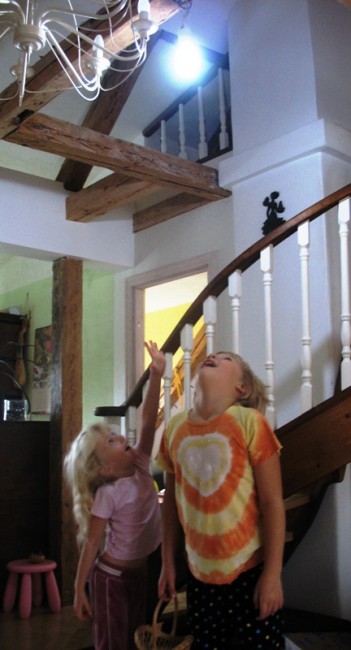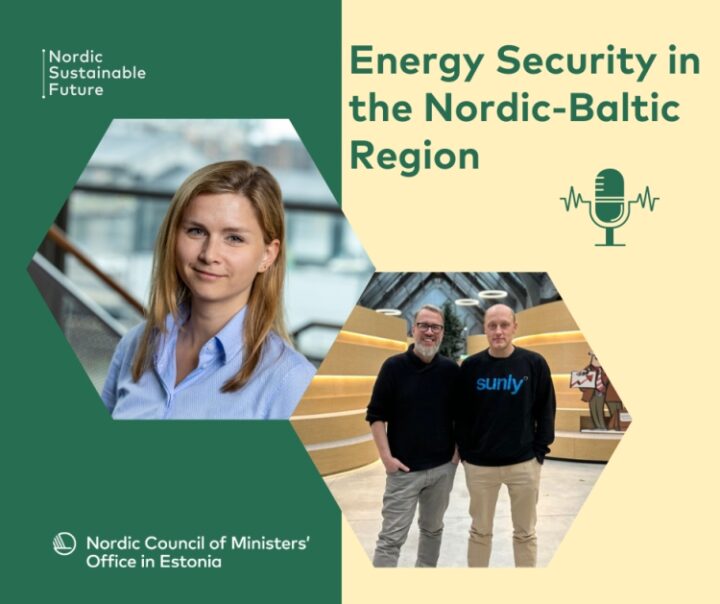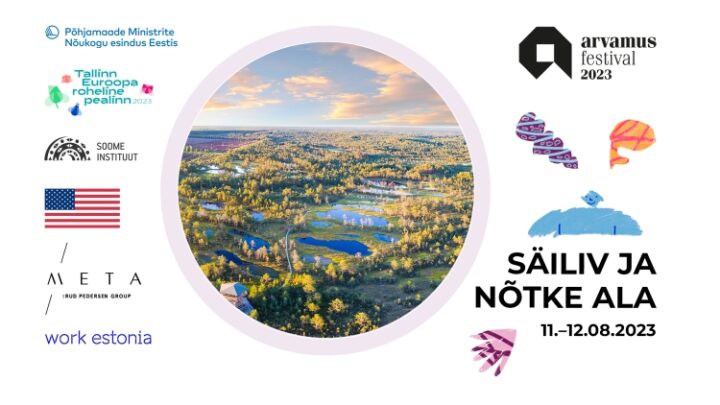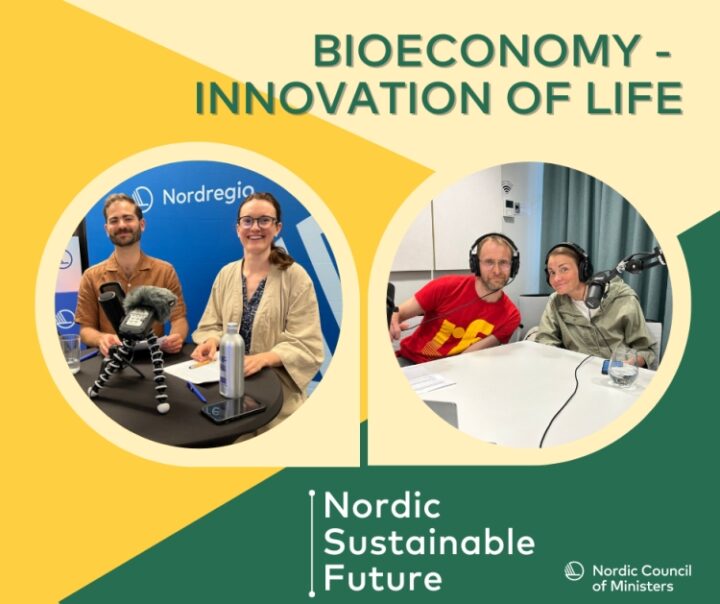Energy efficiency experiment experiences first "damp squibs"

|
“Wend’s putting off connecting it up – he claims that kind of thing’s not really his forte,” says Kaio, referring to her partner Priit Kuusk. “We’ll see.” Wenna and Heidit Kaio, and Saale and Tõnu Randaru, who began their energy-saving experiment two months ago, have reached the point of making the first major changes in the way they live. Savings are anything but easy to make for people starting from scratch – particularly when coping with the demands of family life at the same time. There is a lot to learn, and a lot of surprises. |
| Economical lighting has sparked intense debate for many years. Are energy-efficient light bulbs really that useful? Do they actually provide enough light? Our guinea pig families have tested a range of lights, talked to a number of specialists and become familiar with the key aspects of new lighting solutions. Buckets of muck have been cleared from their hot water systems, which have had their maximum temperatures regulated. Which is better: a vertical or chest freezer? Have the kids left any doors open in rooms with heated floors? Has anyone left the lights on somewhere? Has the floor heating been (accidentally) turned up too high in one of the rooms? And the TV and digibox and things are up there in the rankings of electricity gluttons. What to do about them? Needless to say it’s a good idea to only use the biggest users in the evenings and at night when electricity costs less, and for the convenience alone they could have timers attached to them. But they don’t fit everything in the house. Heidit and Wenna’s family, and Saale and Tõnu’s family, are seeking answers and solutions to these and many other questions. The experiment, which was launched by the Estonian office of the Nordic Council of Ministers and the Energy Discovery Centre , is using families to come up with answers to the questions: Is being economical convenient? Where can you make savings? Is information easy to come by? And can you really make savings and be economical without sacrificing your everyday comforts? The experiment began with measurements of electricity consumption to determine exactly how much money was being spent on what. How much does it cost to wash your clothes? How much does it cost to watch TV and use the Internet? Armed with the results, the families began looking for ways to write off pointless costs and to begin to use electricity more economically. |


